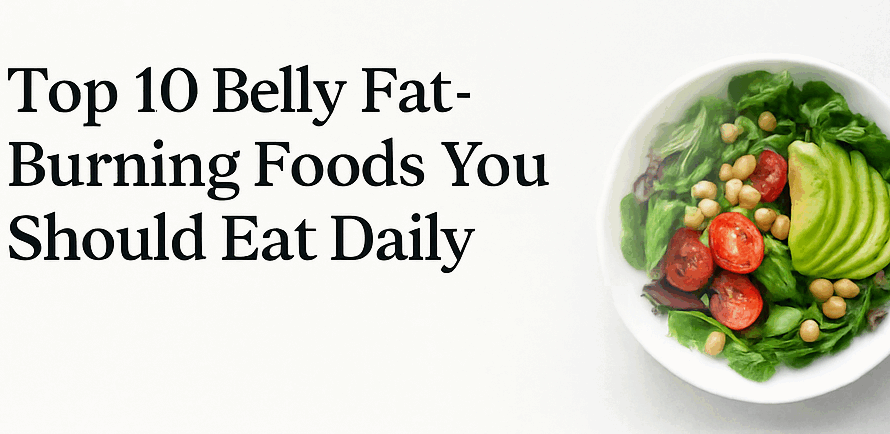
Best foods to eat if you have high blood pressure.
High blood pressure, also known as hypertension, is one of the most common health problems today. It can silently damage your heart, kidneys, and arteries if not managed properly. The good news? You can control it naturally through what you eat.
Your daily diet plays a big role in keeping your blood pressure in check. Adding the right foods — rich in potassium, magnesium, fiber, and antioxidants — can help maintain healthy blood flow and protect your heart.
Here are 15 of the best foods to eat if you have high blood pressure.
1. Bananas – Nature’s Potassium Booster
Bananas are one of the simplest and most effective foods to lower high blood pressure. They are loaded with potassium, which helps your body balance sodium levels. Too much sodium can tighten blood vessels and increase blood pressure — potassium helps neutralize this effect.
A medium-sized banana provides around 400–450 mg of potassium, which supports smooth muscle function in the arteries and improves heart rhythm.
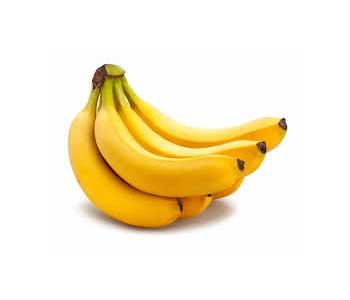
➡️ Eat a banana in the morning or after exercise. You can also add banana slices to yogurt or oatmeal.
2. Spinach – The Leafy Green Blood Pressure Helper
Spinach is rich in magnesium, potassium, folate, and nitrates — nutrients known for maintaining healthy blood pressure levels. The nitrates in spinach help dilate blood vessels, allowing blood to flow easily and reducing the pressure on artery walls.
It’s also low in calories and packed with fiber, making it great for overall heart health.
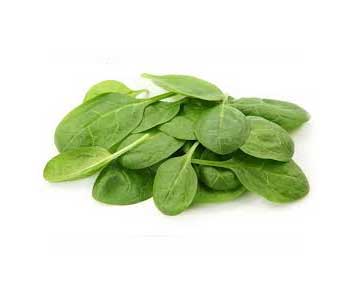
➡️ Add fresh spinach to your salads, smoothies, or lightly sauté it with garlic and olive oil for a nutritious side dish.
3. Oats – A Breakfast Hero for Hypertension
Oats are high in beta-glucan, a soluble fiber that helps lower cholesterol and stabilize blood sugar. This fiber also improves blood vessel elasticity, making it easier for the heart to pump blood.
Regular oatmeal consumption has been linked to a reduction in both systolic and diastolic blood pressure.
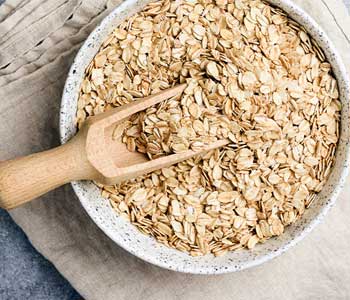
➡️ Start your day with a bowl of unsweetened oats topped with fruits and nuts for a heart-healthy meal.
4. Berries – Tiny Fruits with Big Benefits
Berries such as blueberries, strawberries, and raspberries are loaded with anthocyanins, natural antioxidants that help expand blood vessels and improve blood flow.
A study from the American Journal of Clinical Nutrition found that people who eat berries regularly have a significantly lower risk of developing high blood pressure.
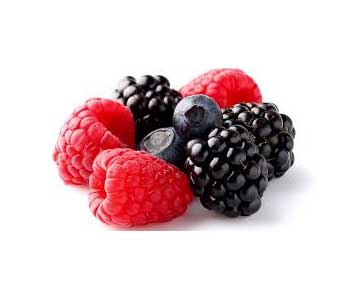
➡️ Add a handful of berries to your smoothie, yogurt, or cereal daily.
5. Garlic – Nature’s Blood Pressure Medicine
Garlic is a natural remedy known for its allicin content — a compound that relaxes blood vessels and improves circulation. Studies have shown that consuming garlic can help lower both systolic and diastolic blood pressure.
It also helps reduce cholesterol and acts as a natural antibiotic.
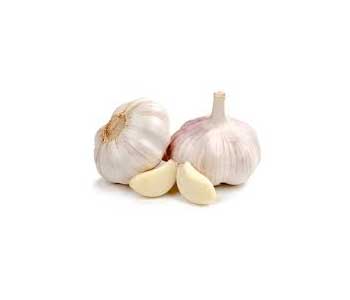
➡️ Use raw or slightly crushed garlic in your meals. If you dislike the taste, garlic capsules are also available (consult your doctor first).
6. Beetroot – A Natural Vasodilator
Beetroot is another powerful food for people with hypertension. It’s rich in nitrates, which convert into nitric oxide — a compound that widens blood vessels, improves oxygen flow, and lowers blood pressure naturally.
Drinking beetroot juice daily can show measurable improvements in blood pressure levels within a few hours.
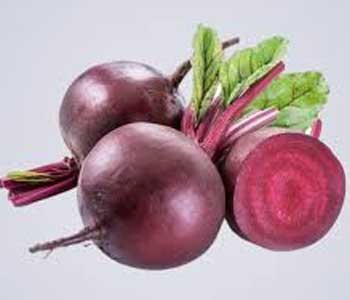
➡️ Enjoy beetroot juice, add it to salads, or roast it as a side dish.
7. Avocados – Packed with Heart-Healthy Fats
Avocados are rich in monounsaturated fats, potassium, and magnesium — all of which support heart health and reduce blood pressure. The healthy fats help reduce bad cholesterol (LDL) while increasing good cholesterol (HDL).
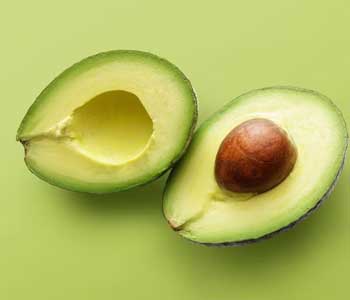
➡️ Spread mashed avocado on whole-grain toast or use it as a salad topping.
8. Watermelon – Refreshing and Blood Pressure Friendly
Watermelon contains citrulline, an amino acid that improves nitric oxide production and relaxes blood vessels. It helps maintain proper blood flow and reduces artery stiffness.
Since it’s also high in water, watermelon helps keep your body hydrated, which is essential for balanced blood pressure.
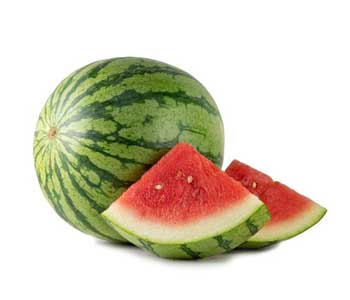
➡️ Enjoy watermelon slices as a snack or blend them into a juice.
9. Yogurt – A Calcium-Rich Choice
Low-fat yogurt is a great source of calcium and probiotics, both of which play key roles in blood pressure regulation. Calcium helps blood vessels tighten and relax properly, while probiotics improve digestion and nutrient absorption.
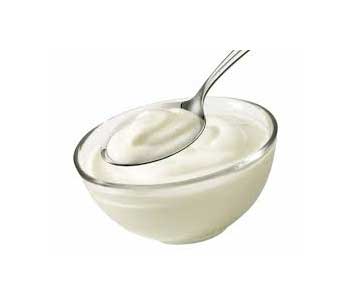
➡️ Opt for plain, unsweetened yogurt. Add fruits or seeds for flavor instead of sugar.
10. Dark Chocolate – Sweet and Smart Choice
Dark chocolate (at least 70% cocoa) contains flavonoids, which help dilate blood vessels and promote better blood flow. Consuming small amounts regularly can lower systolic blood pressure.
However, moderation is key — too much can add sugar and calories.
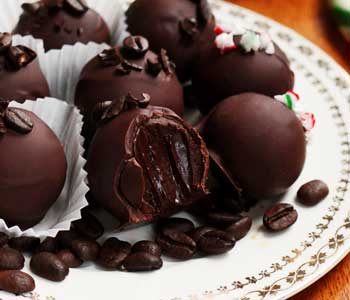
➡️ Have a small piece after lunch or dinner to satisfy your sweet tooth healthily.
11. Citrus Fruits – Vitamin C Powerhouses
Oranges, lemons, and grapefruits are full of vitamin C and antioxidants that help relax blood vessels and reduce inflammation. They also support collagen formation in arteries, improving flexibility and reducing strain on the heart.
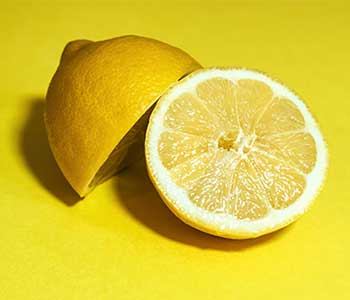
➡️ Drink a glass of fresh citrus juice daily or add lemon slices to your water.
12. Pomegranates – Antioxidant-Rich Heart Fruit
Pomegranates contain powerful antioxidants called polyphenols that protect the heart and lower blood pressure. Drinking unsweetened pomegranate juice daily may improve blood flow and reduce oxidative stress.
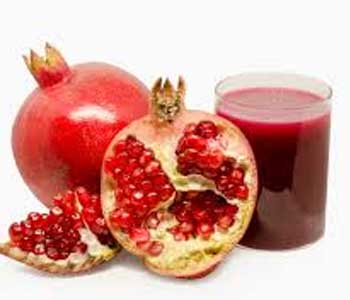
➡️ Eat pomegranate seeds raw, or blend them into smoothies.
13. Lentils – Plant-Based Protein for Heart Health
Lentils are loaded with fiber, potassium, and plant-based protein, all essential for maintaining a healthy blood pressure level. The fiber helps regulate cholesterol, while potassium helps relax arteries.
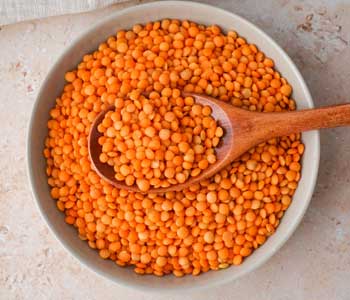
➡️ Add lentils to soups, stews, or salads for a filling and nutritious meal.
14. Tomatoes – Rich in Lycopene
Tomatoes are packed with lycopene, a strong antioxidant that lowers blood pressure and reduces the risk of heart disease. They’re also rich in potassium and vitamin C.
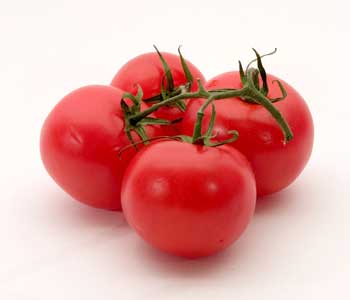
➡️ Use fresh tomatoes in salads or make homemade sauces without added salt.
15. Nuts and Seeds – Small Bites, Big Impact
Almonds, flaxseeds, chia seeds, and sunflower seeds are full of magnesium, healthy fats, and fiber, which help reduce blood pressure and inflammation.
These nutrient-dense snacks support the heart by improving cholesterol levels and enhancing blood vessel flexibility.
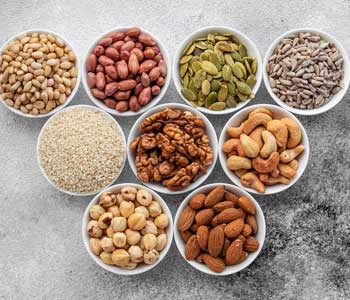
➡️ Snack on a handful of unsalted nuts or sprinkle seeds over yogurt, oats, or salads.
Bonus Tip: Limit Salt and Processed Foods
While adding these healthy foods to your diet, remember to cut down on sodium. Processed snacks, canned soups, and fast food often contain excess salt that raises blood pressure. Opt for natural seasonings like herbs, lemon juice, or pepper instead.
Eating the right foods can make a big difference in managing high blood pressure. By focusing on fresh fruits, vegetables, whole grains, and heart-friendly nutrients, you can naturally lower your BP and improve your overall health.
Start small — replace processed foods with these 15 power-packed ingredients — and you’ll feel the difference in your energy and well-being.
FAQs About High Blood Pressure and Diet
1. Can bananas really help lower blood pressure?
Yes, bananas are high in potassium, which helps the body remove excess sodium — one of the main causes of high blood pressure.
2. What foods should I avoid if I have high blood pressure?
Avoid processed foods, salty snacks, pickles, canned soups, red meat, and sugary drinks as they raise sodium levels and strain your heart.
3. How much water should I drink daily?
Staying hydrated is essential. Aim for 8–10 glasses of water daily, unless your doctor advises otherwise.
4. Are coffee and tea bad for high blood pressure?
Caffeine can cause a temporary rise in blood pressure. If you’re sensitive to caffeine, try switching to green tea or herbal teas instead.
5. How quickly can diet changes lower blood pressure?
You may notice improvements in a few weeks, but consistent healthy eating combined with exercise and proper sleep is essential for long-term results.
Managing high blood pressure doesn’t mean giving up on tasty food — it’s about making smarter choices. By including these 15 blood-pressure-friendly foods in your diet, you can naturally support heart health, improve circulation, and lower your risk of hypertension-related complications.
Start small — add a few of these foods daily, reduce your salt intake, and stay active. Over time, these changes can make a major difference to your heart and overall well-being.

